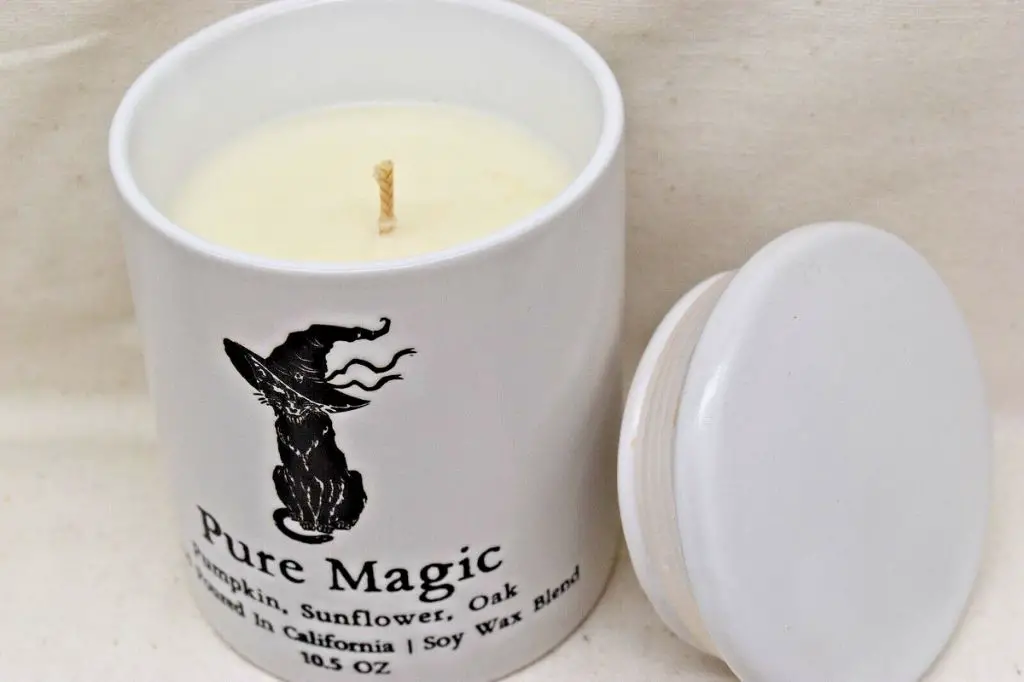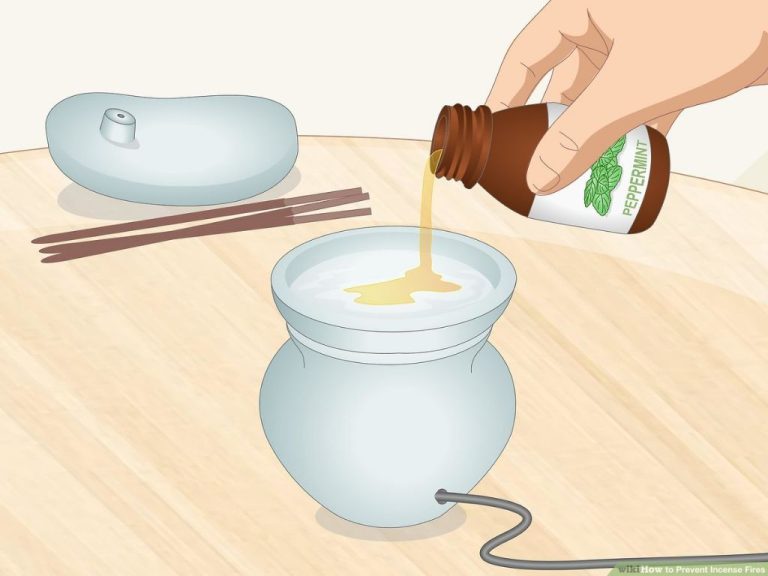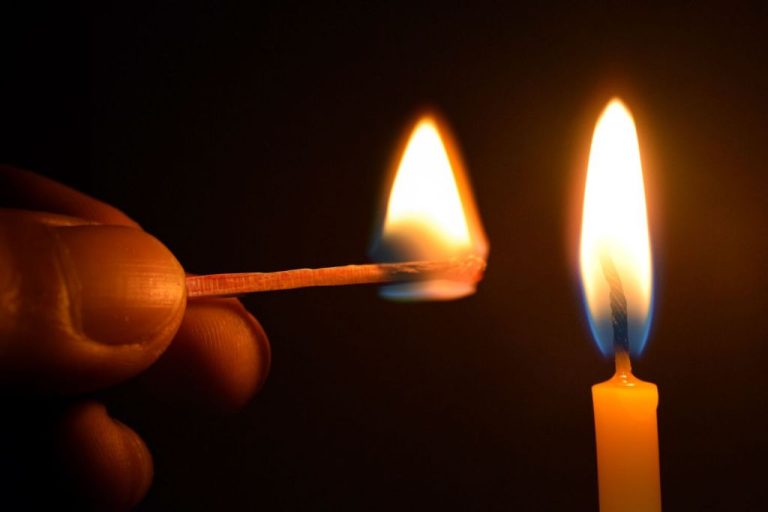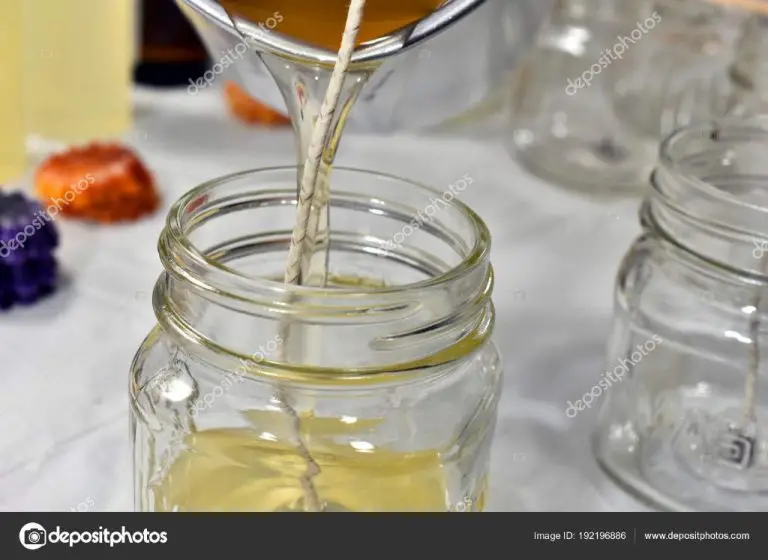Who Makes The Highest Quality Candles?
A high quality candle is one that burns evenly, has a good scent throw, and is made from quality ingredients like pure wax, high grade fragrance oils, and properly sized wicks (1). There are various types of candles including pillar candles, container candles, votives, tealights, tapers, and more. Candle making techniques involve processes like pouring, dipping, and molding. The quality of the wax, wick, fragrance, colorants, and vessel all contribute to whether a candle is considered high end or low quality.
The ingredients and manufacturing processes used set luxury, high quality candles apart from cheaper, mass produced candles. Careful craftsmanship, sophisticated scents, and premium wax and wicks mean that some candles burn better, smell better, and create a superior overall experience compared to inferior quality candles (2). This article will explore the key factors that make some candles stand out above the rest in terms of quality and craftsmanship.
Wax Type
When it comes to wax for candle making, there are a few main options including paraffin, soy, beeswax, palm, coconut, and other natural waxes. Each type has its own pros and cons when it comes to factors like burn time, scent throw, and cleanliness.
Paraffin wax is commonly used in candle making because it can hold high levels of fragrance and provides a nice even burn. The drawbacks are that paraffin is a petroleum product and can produce more soot than other waxes (Martha Stewart).
Soy wax burns cleanly and is made from a renewable resource. However, it doesn’t hold fragrance as well as paraffin. Soy also requires proper wick sizing for an even burn (Homesick Candles).
Beeswax produces a bright natural honey color and honey-like scent. It has a nice long burn time but doesn’t hold additional fragrances as well. Beeswax candles can also be quite expensive to produce.
Palm wax comes from the fruit of palm trees and is vegan. It holds scent well and produces a smooth wax pool when burning. However, palm wax requires more testing to get the right wick size and can be softer than other waxes.
Coconut wax comes from the extracts of coconut and is another clean burning option. But it may not adhere well to the wick or container. Blending it with other waxes can provide a great natural candle.
In summary, factors like scent throw, cleanliness, cost, renewability and performance will help determine the best wax type for a high quality candle.
Wick
The wick is a crucial component that impacts the quality and performance of a candle. The wick draws wax up through capillary action and lights the wax at the tip to create the flame. Choosing the right wick material and size for the wax type is essential.
The most common wick materials are cotton, wood, and paper. Cotton wicks are versatile and work with most wax types. They burn evenly with little soot (https://www.candlescience.com/candle-wick/). Wooden wicks make a crackling sound and are best for soy wax candles. Paper and zinc core wicks are stiff and best for container candles (https://northwoodcandlesupply.com/blogs/news/how-to-choose-the-right-candle-wick-for-your-wax).
The wick diameter impacts the size of the flame. A larger wick creates a bigger flame and melts more wax. Too small of a wick will create a weak flame and leave unmelted wax. The right wick width should create a steady flame that fully melts the wax pool for that particular candle size.
Pairing the wick material and width to the wax formula is critical. Beeswax and soy wax need a larger wick than paraffin. Consulting a wick guide can ensure proper wicking for each wax type (https://www.amazon.com/Best-Sellers-Candle-Making-Wicks/zgbs/arts-crafts/262603011). The highest quality candles match the wick to the wax to maximize performance.
Fragrance/Scent
The fragrance is one of the most important elements defining the quality and appeal of a scented candle. High-end candles tend to use pure essential oils rather than synthetic fragrances, as essential oils provide a more natural, subtle, and authentic scent. However, essential oils can be quite expensive, so many manufacturers opt for synthetic fragrance oils which replicate natural scents at a lower cost. While synthetic fragrances allow for more complex and consistent scents, some find them to be overly strong or artificial smelling compared to essential oils.

The fragrance load, or concentration of fragrance oil in the wax, also affects quality. A light fragrance load of 4-6% can lead to poor scent throw and disappointment, while a heavy load above 10% may smell overwhelming or give off an alcohol vapor as the candle burns. Most experts recommend 6-8% as the ideal range for maximizing scent while avoiding negatives. Diluting concentrated fragrance oils specifically for candles is advised over using them directly.
Reputable candle makers follow IFRA (International Fragrance Association) guidelines on safe dilution rates for particular fragrance ingredients. Exceeding IFRA standards poses risks of allergy or toxicity for consumers. Checking for IFRA compliance helps ensure safety and quality when it comes to fragrance.
According to Candles.org, “Most scented candles contain a combination of natural and synthetic fragrances. These fragrance materials may be derived from essential oils or from synthetic aromachemicals.” Following best practices around fragrance load, IFRA standards, and using high-quality oils helps maximize scent quality in candles (https://candles.org/elements-of-a-candle/fragrance/).
Color
Candle color is an important factor in determining quality. High-end candles use premium dyes and natural colorants that enhance the burning experience.
Dyes tend to burn cleaner than natural colorants like plant extracts. However, natural dyes derived from fruits, vegetables, and minerals create more nuanced, lightfast colors. Luxury candles strike a balance, using minimal synthetic dyes combined with botanical ingredients.
Current color trends in high-end candles lean towards lighter, more subtle hues like cream, light gray, and blush pink. Bold colors are becoming passé. Neutral earth tones and pastels align with minimalist home décor. Translucent containers also showcase the beauty of natural wax.
When evaluating color, look for complexity and depth, not overpowering saturation. Subtlety and sophistication indicate careful artistry in coloring luxury candles. The goal is to enhance, not overwhelm, the scented experience.
Vessel/Container
The vessel or container that holds the candle wax and wick is an important factor in candle quality. The material, shape, size, and style of the vessel impacts the candle’s burn, aroma diffusion, and aesthetics.
The most common vessel materials are glass, tin, and ceramics. Glass containers allow you to see the candle wax and flame clearly. They also diffuse fragrance well. However, glass can get hot to the touch. Tin vessels dissipate heat better but don’t showcase the candle wax. Ceramic vessels come in creative shapes and styles but may crack from overheating. Other unique materials like concrete, wood, or silicone are also options.
Vessel shape impacts how the wax pools and burns. Containers with straight sides allow even wax pooling while tapered vessels can lead to tunneling issues. The opening size also impacts fragrance diffusion.
Decorative vessels with etchings, color, or ornate shapes have an aesthetic appeal. Simple cylindrical jars allow the candle itself to be the focus. Vessel height ranges from votives to large pillars. The style should align with the overall candle design and branding.
High quality candle makers carefully select vessels that enhance the candle experience for their target customer. The material, shape, and style work cohesively with the wax, wick, and fragrance to create a premium candle product.
Manufacturing Process
The manufacturing process has a significant impact on candle quality. Handmade candles often have more variability but can be higher quality when proper techniques are used. Machine-produced candles are more consistent but some nuances are lost.
For quality handmade candles, expert crafters carefully measure and mix wax, scents, and dyes by hand in small batches (Fan, 2022). Each candle is individually poured into vessels and cooled. Testing involves verifying appearance, scent throw, and burn characteristics (American Liquid Fuel and Additives, 2011). The handmade process allows for adjustments during production to optimize the formulation.
Machine production enables efficiency and standardization through automated pouring and cutting. Pre-measured wax is combined in large vats, poured, and quickly cooled using chilled conveyors. Testing is done on sample batches before full production. While consistency is improved, some customization is lost (Becker, 2011).
Regardless of process, proper testing and quality control is critical for high quality candles. Key steps include verifying wax appearance, scent strength, vessel cleanliness, wick centering, burn pool diameter, and burn time. Rigorous quality control ensures optimum safety, performance, and enjoyment.
Brand Reputation
There are several high-end and luxury candle brands that are known for their exceptional quality and stand out in the crowded candle market.
Diptyque is a French luxury brand that has been making candles since the 1960s. Their candles are hand-poured in France using high quality ingredients like custom fragrances and premium waxes. Diptyque is known for their unique and sophisticated scents as well as their beautiful vessel designs. Their candles are considered works of art.[1]
Jo Malone is another popular luxury candle brand from London. They are known for their clean, subtle, and elegant scents as well as their minimalist branding. Jo Malone uses premium ingredients and each candle is hand-poured in England. The brand has a reputation for sophistication and quality.[1]
Nest New York is a luxury home fragrance brand that makes hand-poured soy wax candles. Nest is known for unique and sophisticated scents inspired by locations around the world. Their candles feature clean, modern designs and luxurious packaging. The brand has developed a reputation for being a high-end yet accessible luxury candle option.[1]
These luxury and high-end brands set themselves apart through premium ingredients, hand-craftsmanship, beautifully designed vessels, sophisticated and complex fragrances, brand heritage and reputation, and attention to detail in creating an exceptional candle experience.
Price and Value
When it comes to candles, there can be a dramatic difference in price between low-quality and high-quality options. Basic candles from large retailers often cost between $5-$15. These typically use cheaper waxes like paraffin, synthetic fragrances, and lower-quality wicks. Mass-produced in factories, they burn quickly and may produce more soot.
Luxury candles made with premium ingredients like soy, coconut, or beeswax, pure essential oils, and braided cotton wicks can cost $50-$100 or even upwards of $250. Hand-poured in small batches, these candles burn slower and cleaner. The fragrances are more natural, refined, and longer-lasting. Beautiful vessels and packaging also add value.
Higher pricing reflects the quality ingredients, attention to detail, artisanal production methods, and brand prestige. While inexpensive candles may seem like a bargain, the experience and performance is not comparable. As the saying goes, you get what you pay for. With candles, spending more on a luxury brand typically means a better sensory experience, cleaner burn, and longer burn time. The relaxation and ambiance premium candles provide is worth the splurge for many consumers. However, affordability is still a consideration for most. Finding an elevated candle brand that aligns with your budget will provide the best value.
According to Luxury Candle – Nest New York, “Our candles are hand-poured in small batches with some of the world’s finest fragrance oils and plant-based waxes.” This attention to quality ingredients and craftsmanship results in a better burning, better smelling candle.
Conclusion
When searching for the highest quality candles, there are several key factors to consider. The type of wax and wick used are extremely important, as they affect the evenness of burning, scent throw, and longevity of the candle. Beeswax and cotton wicks tend to be higher quality than paraffin wax and synthetic wicks. The scent of the candle matters too – high quality fragrances like essential oils and complex blends provide a nuanced scent experience. The color, container, and manufacturing process also play roles in defining overall candle quality. Reputable brands with a proven track record are more likely to produce high quality candles. Ultimately, a high quality candle typically comes with a higher price tag, but is worth paying extra for the premium experience.
In summary, some recommendations for finding the best high quality candles include: looking for 100% beeswax or soy wax with cotton or wood wicks, opting for complex essential oil or phthalate-free fragrances, choosing attractive and functional containers like glass or tin, purchasing from established artisanal brands or manufacturers with high standards, and being willing to invest more for a candle that burns evenly, fills your space with fragrance, and provides an elevated overall experience. With some savvy shopping and an eye for detail, you can find high quality candles that delight the senses and feel like a luxurious treat.






